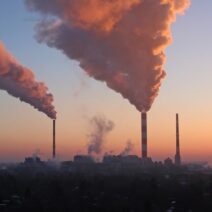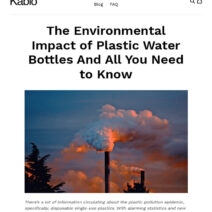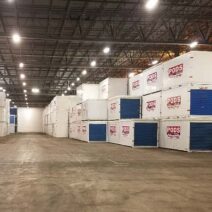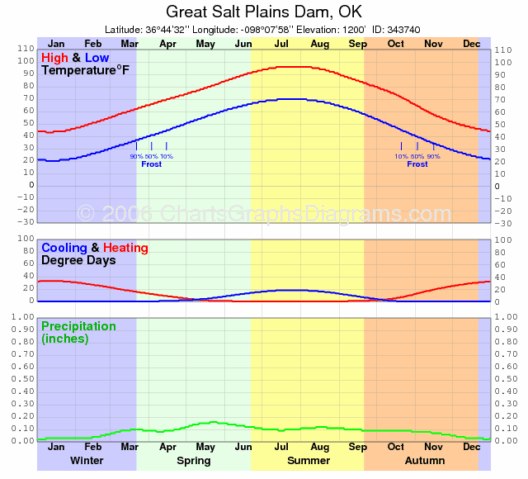Energy conservation is an essential principle that can help mitigate climate change and promote sustainability. Understanding how to assess whether energy is being conserved is critical for individuals, organizations, and communities. There are various practical methods and tools available that facilitate this assessment, ranging from simple behavioral changes to advanced technological solutions. Below, we explore various aspects of energy conservation, the methods to evaluate it, and the tools that can assist in the measurement.
To begin with, energy conservation can be gauged through a variety of indicators. One of the simplest yet most effective ways is to monitor energy consumption over time. This can involve examining utility bills to identify trends in usage. If energy consumption is declining despite the same or increased levels of activity, this could be a positive sign of effective conservation efforts.
Another practical method is implementing energy audits. These assessments are comprehensive evaluations of energy use within a given space, whether residential or commercial. An energy audit can reveal inefficiencies in energy use by assessing factors like insulation quality, HVAC system performance, and appliance efficiency. The findings from these audits provide actionable insights that can lead to better energy conservation.
Furthermore, the integration of smart technology has revolutionized how conservation is assessed. Smart meters and energy management systems allow users to track their energy consumption in real-time. These devices provide instant feedback, enabling users to adjust their behavior promptly. Additionally, historical data from these systems can illuminate patterns and highlight the impact of specific conservation measures.
For households, adopting behavioral changes plays a crucial role in energy conservation. Simple actions, such as turning off lights when leaving a room or using energy-efficient appliances, can contribute substantially to overall energy savings. Tracking the implementation of these behaviors can be done through checklists or mobile applications designed to promote sustainable habits.
Moreover, engaging in community-wide initiatives can amplify conservation efforts. Programs that educate the public about energy efficiency and provide incentives for adopting energy-saving technologies can foster a collective approach to conservation. Monitoring participation and measuring energy savings on a community level can reveal the efficacy of such initiatives.
In the commercial and industrial sectors, the employment of energy benchmarking is vital. This process involves comparing energy performance against established standards or similar entities. Benchmarking can identify areas of improvement and help organizations set specific, measurable goals for energy conservation. This practice is not only beneficial for reducing costs but also for improving corporate sustainability profiles.
In addition to benchmarking, incorporating energy performance indicators (EPIs) can enhance the assessment of energy conservation. EPIs are metrics that reflect energy performance relative to activity levels within an organization. For instance, measuring energy consumption per unit of production can elucidate whether energy conservation measures are effectual.
To further quantify energy conservation efforts, organizations can employ software tools designed for energy analytics. These tools aggregate and analyze data from various sources, providing insights into energy use patterns and identifying opportunities for improvement. The use of sophisticated algorithms and machine learning can enhance predictive capabilities, allowing organizations to anticipate future energy demands and adjust their strategies accordingly.
Evaluating energy conservation also necessitates an understanding of renewable energy integration. For individuals and businesses that utilize solar panels or wind turbines, assessing the ratio of renewable to non-renewable energy usage becomes crucial. Regular monitoring of energy production versus consumption helps ascertain the effectiveness of these renewable sources in offsetting non-renewables.
Advancements in building technologies, such as energy-efficient windows and advanced insulation methods, also merit consideration in evaluating energy conservation. Keeping a close eye on thermal performance can help determine whether the energy loss is minimized. Additionally, innovative materials that enhance energy efficiency can be monitored through their impact on utility consumption.
Interestingly, cognitive and educational tools can also serve as valuable resources in evaluating energy conservation. Information campaigns, workshops, and training programs enhance awareness and cultivate a culture of sustainability. When individuals are educated about the importance of energy conservation, they become more likely to adopt measures that reduce energy consumption. Measuring engagement and feedback from these educational initiatives can help gauge their success.
Finally, governmental and non-governmental organizations often provide resources and tools to aid in energy conservation assessment. Accessing databases that compile energy usage statistics and conservation measures allows organizations to compare their performance with broader trends. Leveraging such resources can enhance understanding and motivate individuals and groups to commit to energy-efficient practices.
In conclusion, measuring whether energy is being conserved entails a multi-faceted approach. It encompasses behavioral assessments, technological solutions, and community engagement. By employing practical methods and utilizing various tools, individuals and organizations can not only monitor their energy consumption but can also identify opportunities to enhance efficiency significantly. The urgency of combating climate change necessitates that every effort be made to conserve energy, making the measurement of energy conservation a vital pursuit for a sustainable future.




